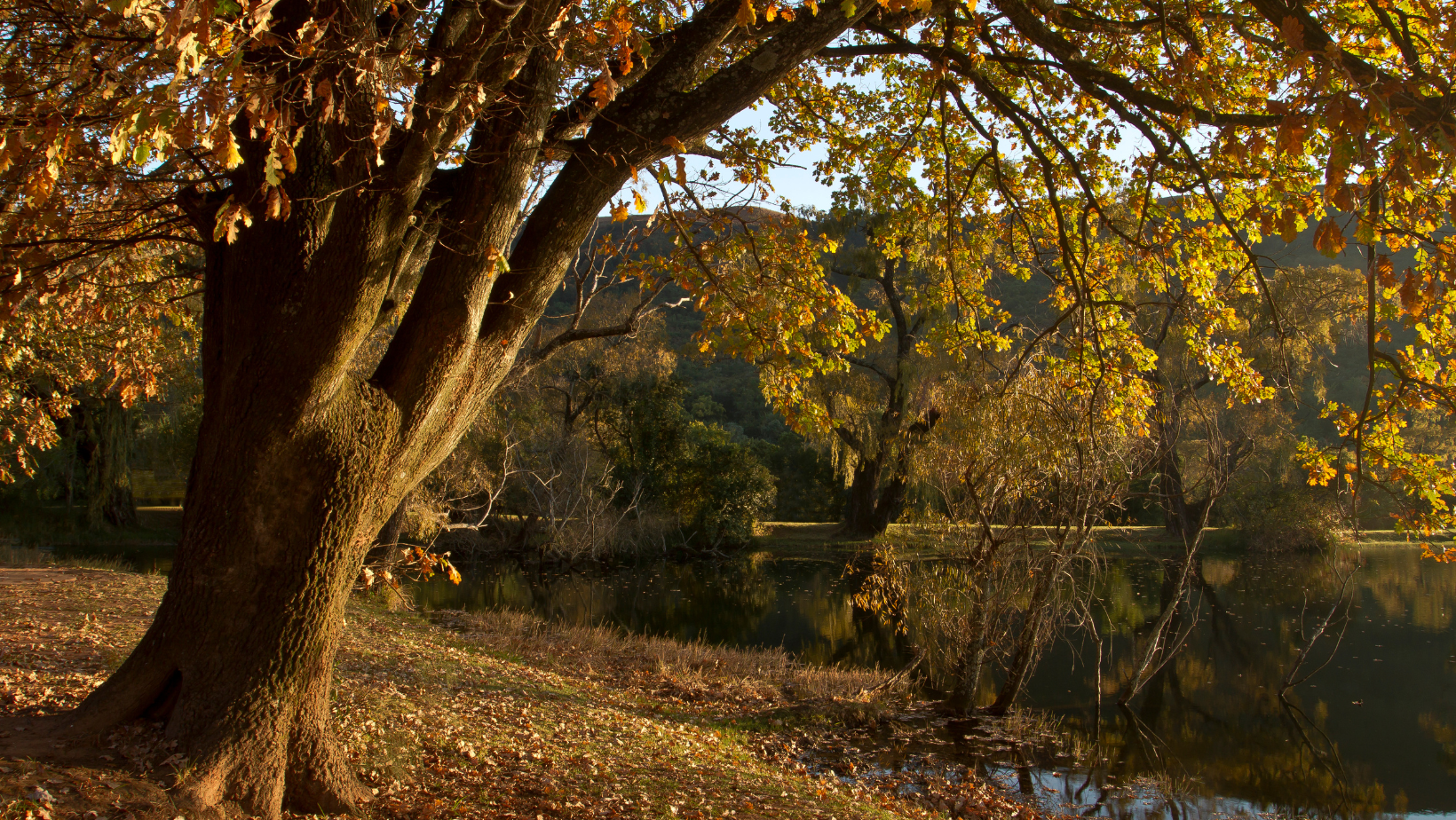 Did you know most landscapes in the southeast and southern Great Plains are thought to have experienced frequent fires (3-5-year return intervals) in the time period between glacial retreat about 15,000 year ago, up until the time of European colonization?
Did you know most landscapes in the southeast and southern Great Plains are thought to have experienced frequent fires (3-5-year return intervals) in the time period between glacial retreat about 15,000 year ago, up until the time of European colonization?
The high frequency of fires likely came about through climate-driven changes in the vegetation, with the composition being influenced by frequent ignitions from both natural (lightning) and human sources. Since the time of broadscale suppression, the frequency of fires has diminished such that most landscapes in the southeast have been effectively fire-free for many decades. One consequence of this fire exclusion has been the gradual accumulation of organic matter on the soil surface, referred to as duff. This represents an important storage pool for carbon and nutrients and also represents available fuel when ignitions occur under certain environmental conditions.
Recent work suggests that when wildfires occur under very dry conditions, the consumption of duff can result in significant post fire mortality and/or decline of overstory trees, sometimes several years after the fires actually occurred. This pattern was more dominant in oak-dominated stands, and was not observed in stands dominated by mesic species such as maple and tulip poplar.
Restoration of oak stands might be improved if restoration treatments specifically targeted duff reduction as an objective.
For more information on this topic, Dr. Mac Callaham from USDA Forest Service Southern Research Station has a webinar on October 24, 2023. You can find more information on the webinar here.